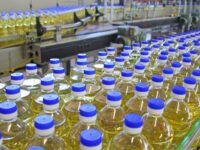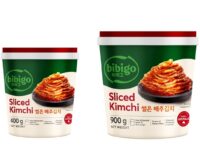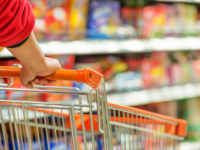Australia is facing a decline in dairy exports and an increase in imports amid reduced domestic milk output and declining export competitiveness.
RaboResearch senior dairy analyst Michael Harvey (pictured above) said in the Australian Dairy Sector Outlook: Slowing trading places report that Australia produced 8.129 billion litres of milk in 2022/23, marking its third consecutive year of decline.
Harvey noted that in 2022/23, Australia’s milk supply for manufacturing dipped to its lowest level since the 1990s. In 2020/21, the country lost more than 700 million litres of milk from the supply chain leading to a chronic shortage of milk for manufacturing.
On the other hand, Australia’s milk import volume in liquid milk equivalent doubled between 2013 and 2023, with butter and skim milk powder comprising the bulk.
Currently, despite the decline, the land down under remains the world’s fifth-largest dairy exporter, accounting for four per cent of global trade.
“However, how the export sector performs will remain cyclical given its commodity nature and this will have some impact on farmgate pricing, both on the upside and the downside,” said Harvey.
“And unless there is a transformational shift in the trend for domestic milk production, less milk supply and a modestly expanding domestic market will mean Australia has less milk solids for export.”
While Harvey clarified that Australia has a secure availability of local-origin dairy products, he said that the spike in demand for more affordable dairy products is expected to drive dairy imports to grow further over the medium term.
Harvey said that the situation highlights the need to focus on value over volume, calling for dairy companies to invest in innovation and new technologies and partnerships with milk suppliers.
“And with ongoing support from retailers to source locally where possible, Australian-origin dairy products will remain readily available to consumers, though at times the pricing point for local product may trigger ‘sticker shock’ for consumers,” said Harvey.

















